Reportar esta entrada
Más sobre la misma comunidad-colección
Estadio de béisbol en el centro de la ciudad
Since spring 2014 the ballpark is home of El Paso's Triple A ...
Estadio de béisbol en el centro de la ciudad
Since spring 2014 the ballpark is home of El Paso's Triple A ...
Centro de Convenciones de El Paso
Conventions, concerts, trade shows and other special events take ...
The State National Bank, second location.
This is the second location for the bank, on the southwest ...
Tienda de Ropa Lightbody y James
Lightbody & James was located on the west side of El Paso St. in ...
Lawmen, Texas Rangers, El Paso, TX, 1896
Texas Rangers on the steps of the El Paso County Courthouse in ...











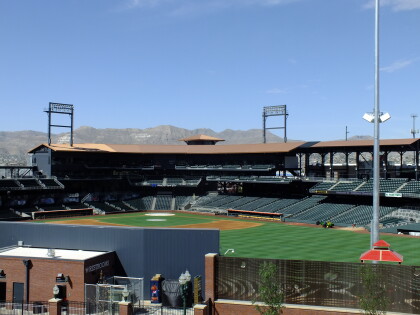
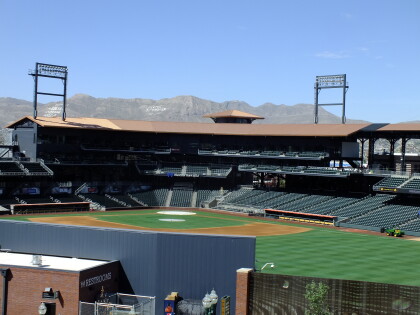
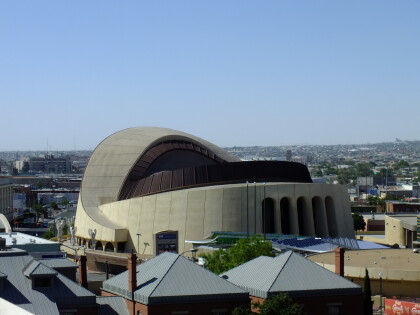
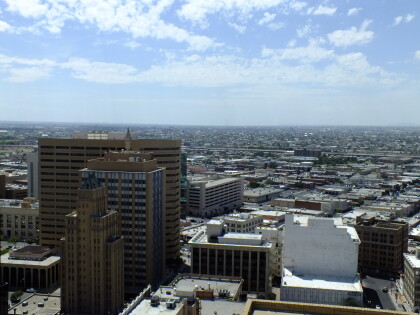
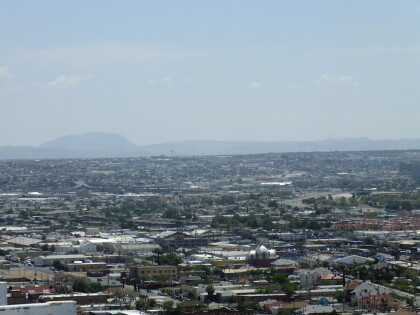

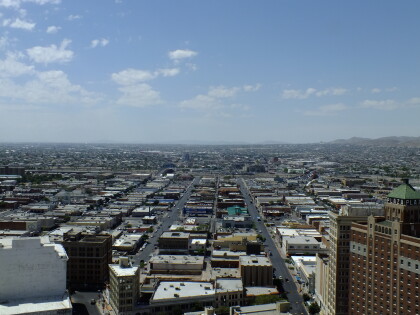
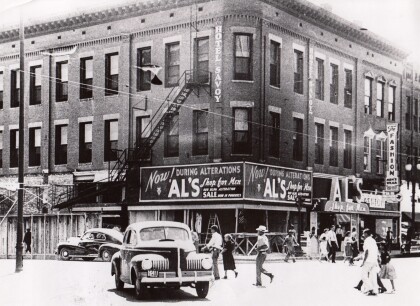
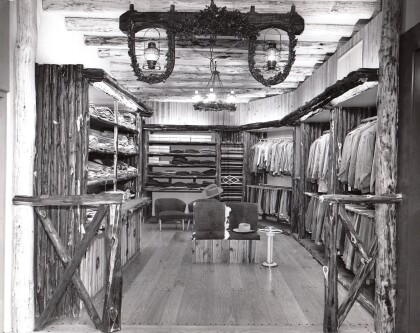
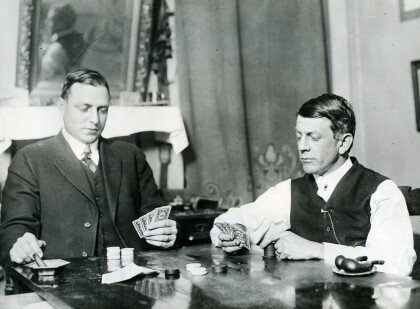
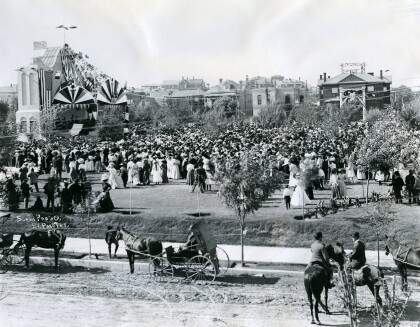
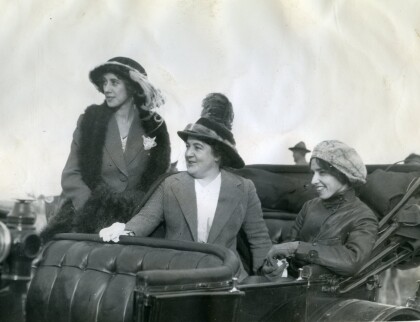
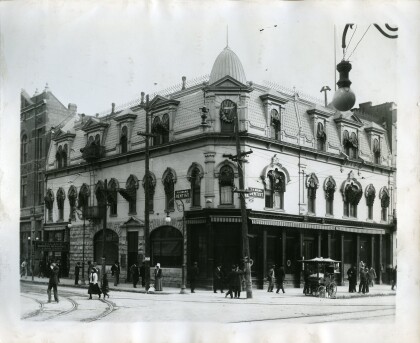
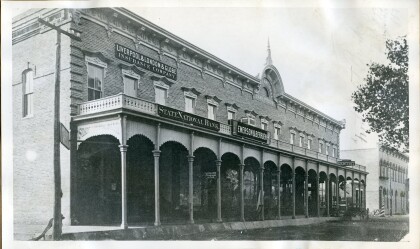
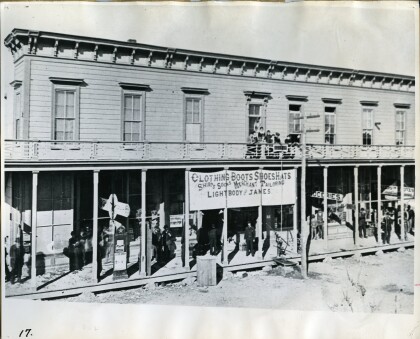
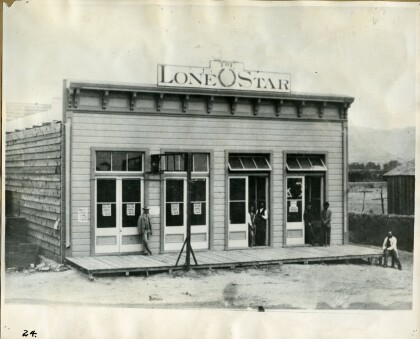
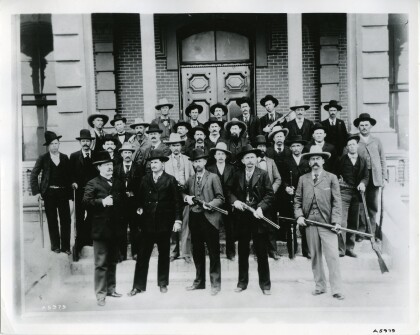
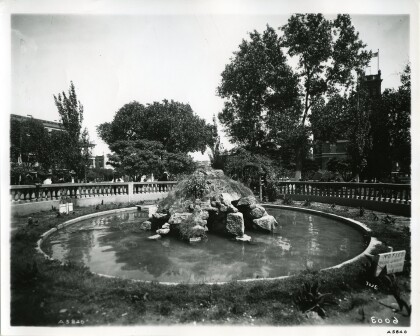
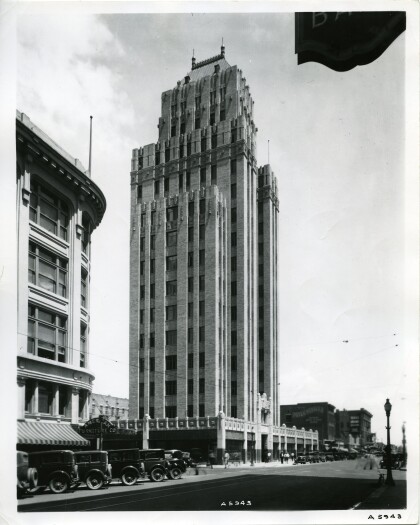
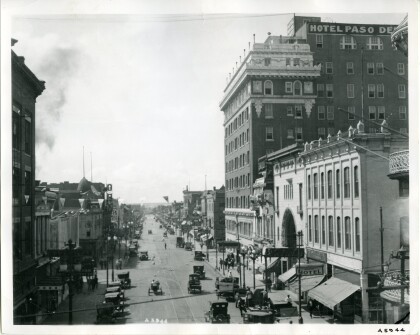
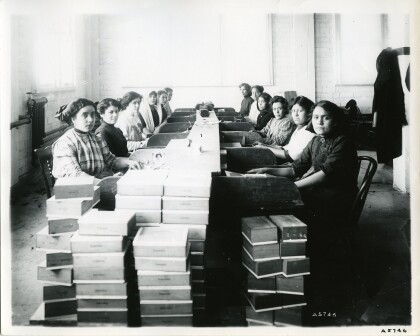
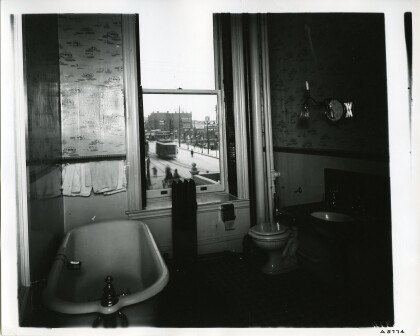
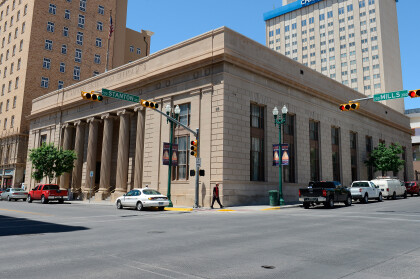
Comentarios
Hacer un comentario